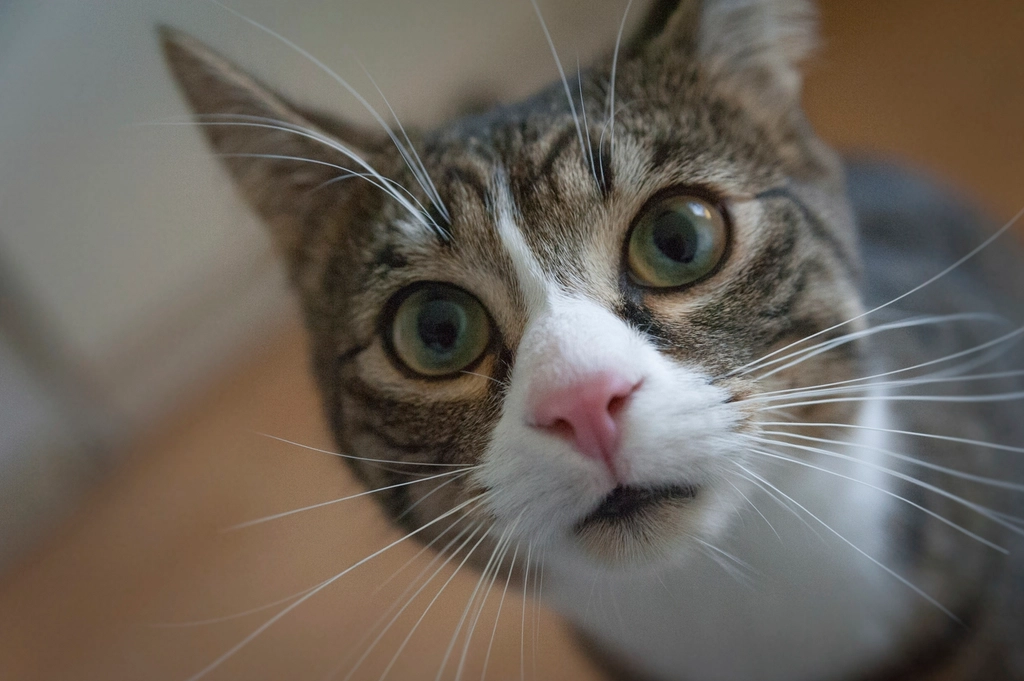Have you ever wondered what truly goes on in your cat’s heart during those precious first twelve months together? There’s a hidden world beneath their silent gaze and mysterious purrs—a rollercoaster of emotions that often goes unnoticed. From the first timid steps into your home to the day they curl up on your lap without a hint of hesitation, your cat’s emotional journey is nothing short of extraordinary. Let’s peel back the layers and discover the eight distinct emotional stages your cat experiences during their first year by your side.
The Shock of New Surroundings
When a cat enters a new home for the first time, their senses are bombarded by unfamiliar sights, sounds, and smells. Imagine being dropped into a foreign land with no idea what to expect—this is how your feline feels. Every noise, from a closing door to the hum of the refrigerator, can seem alarming. They often hide, flatten their ears, or slink around edges, their bodies tense and alert. At this stage, your cat is on high alert, unsure if this environment is safe or threatening. Their eyes are wide, their movements cautious, and their entire world feels upside down. The emotional shock is real, and patience is essential as they slowly take in everything around them.
Curiosity Begins to Bloom

After a few days or weeks, the initial fear gives way to gentle curiosity. You might catch them peeking out from their hiding spot or sniffing around corners they previously avoided. This is the first sign that your cat is beginning to accept their new environment. Their tail may flick with interest, and their ears turn to catch every new sound. They start to investigate rooms, climb on furniture, and explore nooks and crannies. Every tiny adventure is a step toward trust, and each discovery is a small victory. This curiosity is a positive sign—your cat is starting to see your home as an intriguing place rather than a danger zone.
Testing the Waters of Trust
Trust doesn’t come overnight for most cats. They test boundaries, observing your reactions to their actions. Will you get angry if they jump on the counter? What happens if they bat at your shoelaces? Through these small experiments, your cat learns what’s acceptable and what isn’t in their new world. Sometimes they’ll approach you and then dart away, just to see if you follow or respect their space. Building trust is like assembling a delicate puzzle—each piece fits only with patience and understanding. This stage is marked by tentative interactions and slow progress, but every purr or nuzzle is a milestone.
Attachment and Affection
Once trust is established, attachment starts to blossom. Your cat may begin following you from room to room, rubbing against your legs, or choosing to nap nearby. These are the subtle yet powerful signs that they now see you as part of their world. Affection may come in the form of headbutts, gentle kneading, or even slow blinks that say, “I feel safe with you.” This emotional layer is heartwarming for cat lovers, as your feline is now openly expressing their growing bond. Their body language relaxes, purring becomes more frequent, and you may even wake up to find them curled by your side.
Playfulness and Joy
With security and attachment comes a burst of playfulness. Suddenly, your cat’s personality shines through—chasing toys, pouncing on imaginary prey, or zooming around the house in spontaneous fits of energy. This joyful stage is a sign that your cat feels truly at home. Play isn’t just about fun; it’s a vital way for cats to express happiness and expend pent-up energy. You might notice their eyes light up, their tail puff up with excitement, or hear their chirping noises as they “hunt” their favorite feather toy. This layer of emotion is infectious, often bringing laughter and delight to everyone in the home.
Moments of Vulnerability
Even the most confident cats have vulnerable moments. They might feel anxious during thunderstorms, cower from loud visitors, or get startled by sudden changes in routine. During these times, your cat seeks comfort and reassurance, often retreating to a safe spot or seeking out your presence for support. Vulnerability is a natural part of emotional development—just like people, cats need to know they can rely on someone when things get tough. Sometimes a gentle voice or a familiar blanket is all it takes to help them feel secure again. These moments, though challenging, deepen the emotional connection between you and your cat.
Developing Independence
As your cat grows more comfortable, you’ll notice them carving out personal routines and favorite spots around the house. They may spend hours bird-watching by the window or claim a specific chair as their own. This independence is a healthy sign—they trust your presence but are confident in their own space. Your cat might not always want to snuggle, preferring solo adventures or quiet naps alone. Respecting their independence is crucial, as it shows you understand their unique personality. It’s a delicate balance between togetherness and freedom, and every cat dances to their own rhythm.
Unconditional Loyalty and Belonging
By the end of the first year, a truly magical transformation takes place: your cat feels they belong. The house is now their home, and you are their chosen person. Loyalty is shown in subtle ways—waiting by the door when you’re gone, greeting you with a soft meow, or simply sitting quietly in your presence. There’s a sense of peace and contentment in their eyes, a silent promise that no matter what, you’re part of their family now. This deep bond is the ultimate reward for all the patience, care, and love you’ve shared.
What emotional layer surprised you the most?

Linnea is a born and bred Swede but spends as much time as possible in Cape Town, South Africa. This is mainly due to Cape Town’s extraordinary scenery, wildlife, and atmosphere (in other words, because Cape Town is heaven on earth.) That being said, Sweden’s majestic forests forever hold a special place in her heart. Linnea spends as much time as she can close to the ocean collecting sea shells or in the park admiring puppies.






